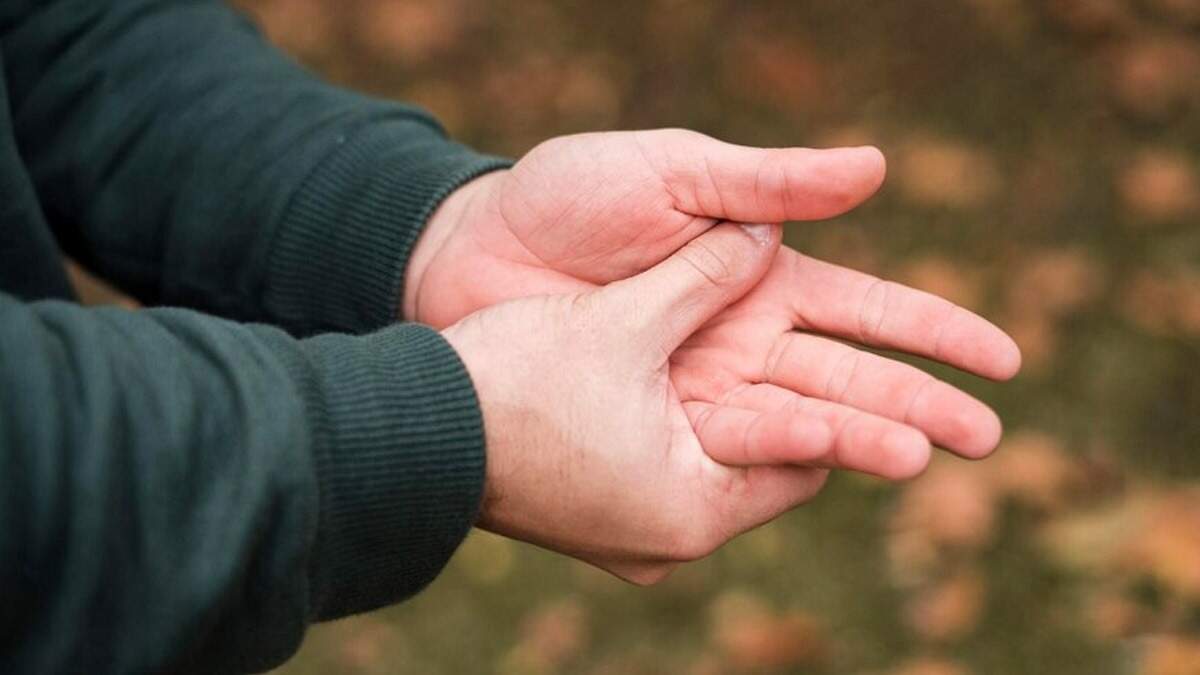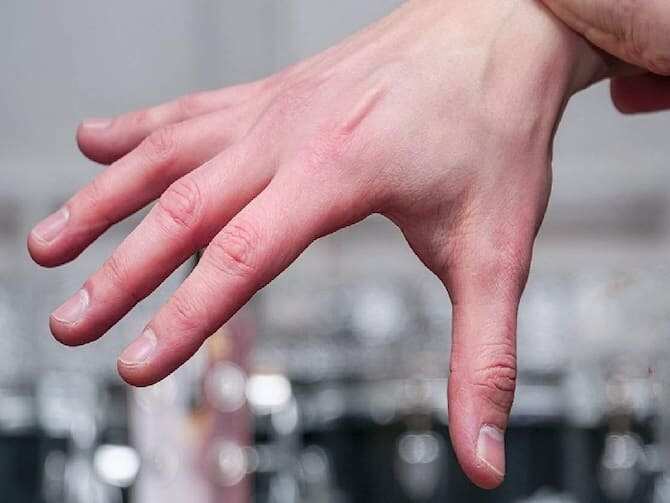Cold Hands and Feet? Here's Why Your Fingers and Toes Swell in Winter
As the temperature drops many of us experience physical changes. A common phenomenon that people experience during the winter months is swollen fingers. If you have ever wondered why this happens and if you are experiencing the same problem, read on to get a better understanding of the causes and solutions for swollen fingers in winter.

As the temperature drops many of us experience physical changes. A common phenomenon that people experience during the winter months is swollen fingers. If you have ever wondered why this happens and if you are experiencing the same problem, read on to get a better understanding of the causes and solutions for swollen fingers in winter.

Why do fingers swell in winter?
cold temperature
Exposure to cold weather can cause blood vessels to constrict, resulting in reduced blood flow to your extremities, including your fingers. Decreased blood flow can cause your fingers to swell.
retained fluid
Some people may experience fluid retention, which can be exacerbated by cold weather. When your body retains excess fluid, it can lead to swelling in various parts of the body, including the fingers.
Arthritis
Cold weather can make arthritis symptoms worse. For people with conditions such as osteoarthritis or arthritis, inflammation in the joints can lead to swelling in the fingers. According to the Arthritis Foundation, cold temperatures can increase pain sensitivity, impair circulation and trigger muscle spasms.
Inactivity
During the winter, many people are less active, which can lead to poor circulation. Decreased circulation can cause your fingers to swell.
How to address swollen fingers in winter

Stay warm
One of the most effective ways to prevent finger swelling in cold weather is to keep your hands warm. Invest in quality gloves and mittens to protect your fingers from the cold.
Be active
Regular physical activity helps maintain good circulation and reduces the risk of swelling. A little walking or simple arm exercises can also be beneficial.
Reduce sodium intake
If you're prone to fluid retention, limiting your sodium intake can help relieve swelling. Watch your diet and try to avoid high sodium foods.
Stay hydrated
Conversely, drinking more water can help reduce fluid retention. Proper hydration can balance your body's water levels and reduce swelling.
Use elevation
Elevating your arms above heart level while resting promotes fluid drainage and reduces swelling.
Arthritis Management
If you have arthritis, consult with your healthcare provider for appropriate treatment options to manage your symptoms.
Moisturize your skin
Cold, dry air can lead to dry, cracked skin, which can contribute to inflammation. Moisturize your hands regularly to keep your skin healthy.
Compression socks
Special compression gloves can help reduce swelling and help people with arthritis or circulation problems.
